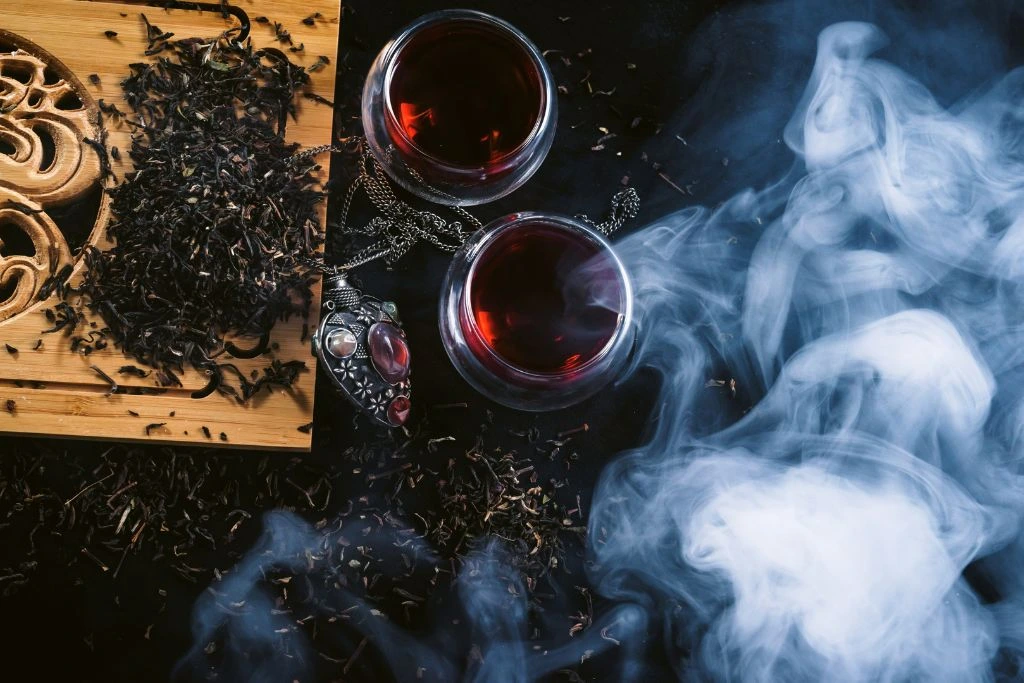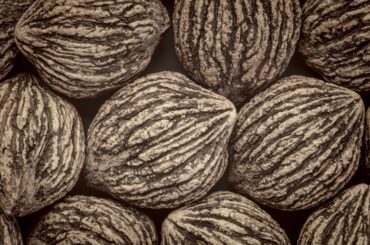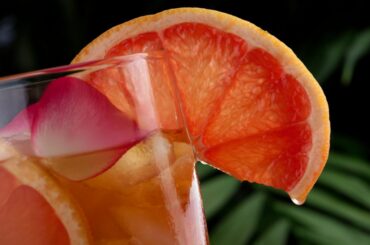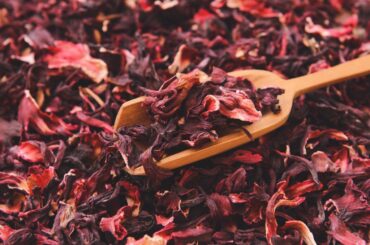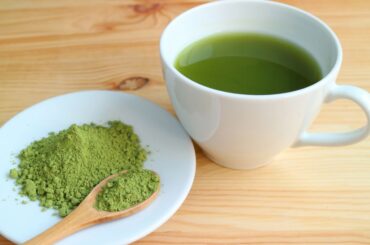Why are Darjeeling teas famous? Darjeeling tea is a Chinese tea from Camellia Sinensis, a light-colored and thin tea plant with a floral aroma. This type of tea plant undergoes many periods of dormancy and periods of growth, which is common to many plants. Every flush starts during the development of new ends and leaves that are harvested.
Darjeeling tea has three significant flushes – the first flush takes place from mid-March until May, the second flush takes place from June to mid-August, and the third flush (autumn flush) takes place from October to November.
There are also two minor flushes. These flushes occur between the first and second major flushes. The monsoon or rain flush occurs between September’s second and third flushes.
Since Darjeeling tea depends on weather patterns, there are no definite periods and specific locations. The extended rain season can reduce the duration of the second flush while it increases the duration of the rain flush by a couple of weeks and vice versa. The different flushes give different colors, aromas, and taste results. During fermentation, the oxygen and flavonols in the tea will combine. Darjeeling black tea goes through full fermentation, oolong teas go through semi-fermentation, and Darjeeling green tea does not undergo fermentation.
Types of Darjeeling Tea
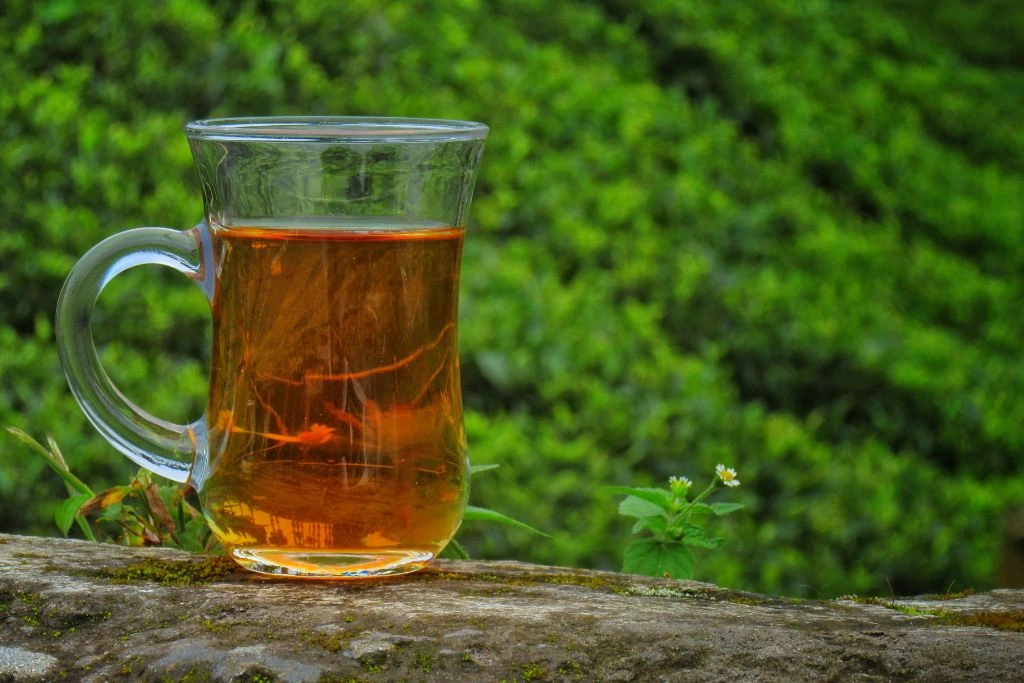
These are the three main flushes and each produces different types of Darjeeling tea.
- The First Flush Tea: The first tea harvested during the spring season and after the dormancy of the winter season. The tea leaves give a flowery scent with a light and clear color. First-flush teas cost more than the other flushes because of their color and freshness.
- The Second Flush Tea: The second flush tea has a strong flavor. It has a dark amber color compared to the first flush teas. Its tea leaves have a slightly purple-colored bloom and a fruity taste. It has a distinct flavor of a muscatel grape that many people like, caused by plant types, topography, and unique weather conditions.
- The Third Flush Tea: The third flush tea has a coppery color and is a dark-colored tea after brewing. It costs less than the first and second flushes.
- In-between Flush Tea: The in-between flush tea has almost identical characteristics to the first flush but produces lower quality.
- Monsoon Flush Tea: This type of tea is cheaper than the other flushes and is more oxidized. The in-between and monsoon flush tea is not commonly exported. Monsoon flush tea is often used for masala chai.
Darjeeling tea is also rated using a grading system, which determines the quality and size of its tea leaves. There are also four categories of tea leaves: whole tea leaves, fannings, broken leaves, and dust. The whole tea leaves receive the highest grade, and the lowest grade is the dust. Fannings are leaf particles that are small in size and are also used in tea bags. Tea dust is the leftovers of the tea leaves.
Darjeeling Tea Benefits
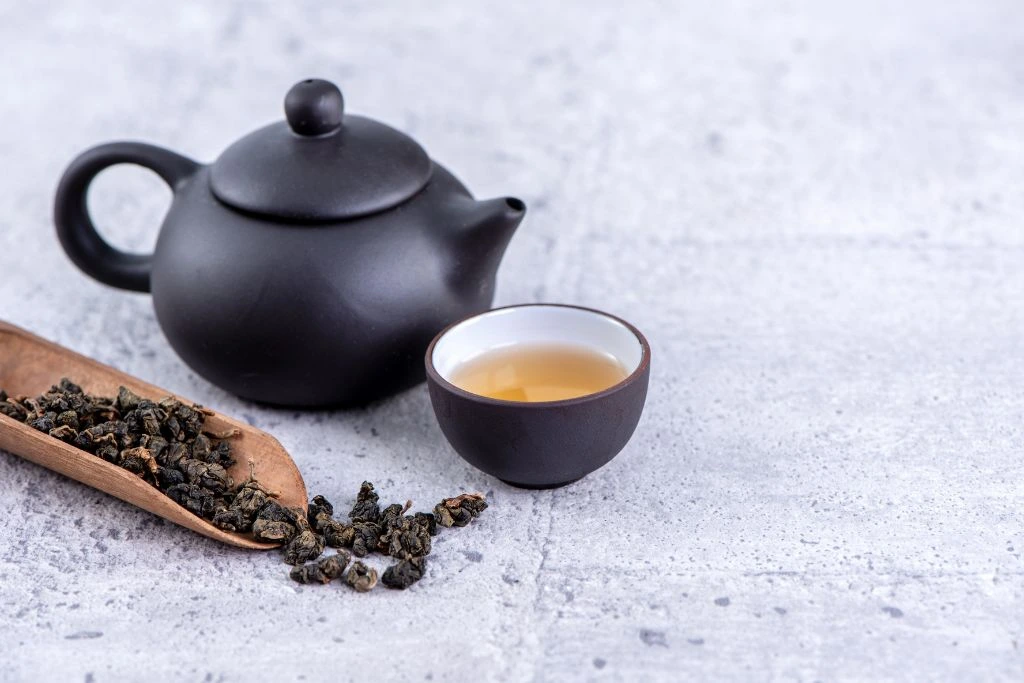
What is Darjeeling tea good for? Consuming a cup of Darjeeling tea can help you stay awake and feel positive and healthy. It is a complex drink with a complicated process of withering, oxidation, and drying. The result gives the tea a dark brown amber hue and produces an exotic aroma.
The cultivation of Darjeeling teas must have great care because it has a shorter fermentation period. Here are some of the Darjeeling tea benefits that you can get.
Not Just a Simple Black Tea
Is Darjeeling a black tea? Darjeeling tea goes through proper and traditional brewing that produces black tea, white tea, and oolong tea. All variations positively impact the market because they are easy to find and make.
White tea has many antioxidants, which are helpful for our health, especially if consumed daily. It helps reduce the risk of heart disease and different types of cancers. White tea also supports the proper maintenance of a healthy diet and helps lose weight. Drinking Darjeeling tea can also improve brain function.
Helps Keep a Healthy Digestive System
Darjeeling tea and its oolong version can significantly improve our metabolism. High metabolism will give us good cleansing and keep our digestive system healthy. It also helps reduce acid refluxes, indigestions, and other uncomfortable feelings inside our stomachs. Drinking Darjeeling tea is best taken after a decent meal to help process the nutrients we receive from our food.
Boosts Immune System
When should I drink Darjeeling tea? Drinking Darjeeling tea can help us protect our bodies against bacterial inflammation, chronic diseases, and other viral infections and microbes that are harmful to us. Darjeeling tea helps us in preventing future diseases and fights them off.
Promotes Weight Loss
Many people today are looking for natural ways to lose weight. Drinking Darjeeling tea can be one great solution because of its natural caffeine and antioxidant contents. These two components can work together to promote weight loss.
The absorption and oxidation of fat in the stomach is a natural process of losing weight. It is also important that this process is paired with proper diet and exercise. Darjeeling tea provides a substantial amount of energy and power to its consumers.
Prevents the Risk of Cardiovascular Diseases
Our bodies receive many amounts of bad cholesterol daily from different foods. Drinking Darjeeling tea can help regulate our sugar levels and block the bad cholesterol in our bodies. It is best to drink the tea without adding sugar to fully experience its effectiveness in preventing the risk of cardiovascular diseases. This property is one of the best benefits of Darjeeling tea.
Relaxes the Mind and Body
Drinking Darjeeling tea also helps in relieving stress and anxiety, especially if taken daily. It works with how our bodies react to caffeine and keeps us more alert and focused after drinking one cup.
Since Darjeeling tea contains L-theanine (an amino acid), it will help us be calm and relax our minds. It is a big help for those studying and working in the office.
Boosts Healthy Skin
Antioxidants greatly affect our skin as they fight common psoriasis and eczema. Drinking Darjeeling tea is one solution for treating these skin diseases, along with a good climate and high air humidity levels. It keeps our skin looking young and fresh by preventing premature aging caused by air pollution and stress.
Strengthens Our Bones
Tea drinkers are developing higher bone density than those who do not drink tea. People who consume black tea regularly have a slower pace of losing bone density than other people. Bone density is essential to our overall health.
Our bones protect our mooring muscles and organs and can store calcium supplies. People approaching adulthood must improve stronger bones, which drinking Darjeeling tea can provide.
Better Hair
Many people experience oxidative stress, which weakens the scalp and can cause premature hair loss. We need antioxidants to help prevent scalp problems. Drinking Darjeeling tea can help strengthen the scalp, which will help hair grow faster, shinier, and stronger along with the skin.
Helps in Fighting Against Cancer
Drinking a cup of Darjeeling tea will also help fight cancer by boosting our immune system. It promotes good brain and heart health, and hair and skin care. It stabilizes our daily concentration because of the Darjeeling tea caffeine content. Darjeeling tea also promotes fighting off harmful bacteria that cause gastric illnesses.
Drinking different varieties of Darjeeling tea, such as black, green, white, or oolong mixtures, assures you that it comes from the best tea estates that produce a naturally strong and sweet aroma.
Lowers the Risk of Parkinson’s Disease
There is research showing that certain bioactive compounds, such as L-theanine found in Darjeeling tea, could help reduce risks of neurodegenerative diseases like Parkinson’s. Older adults are more prone to this type of disease than younger ones because of exposure to stress, an unhealthy lifestyle, and poor food habits. Drinking Darjeeling tea can be beneficial in preventing Parkinson’s disease.
Darjeeling Tea Side Effects
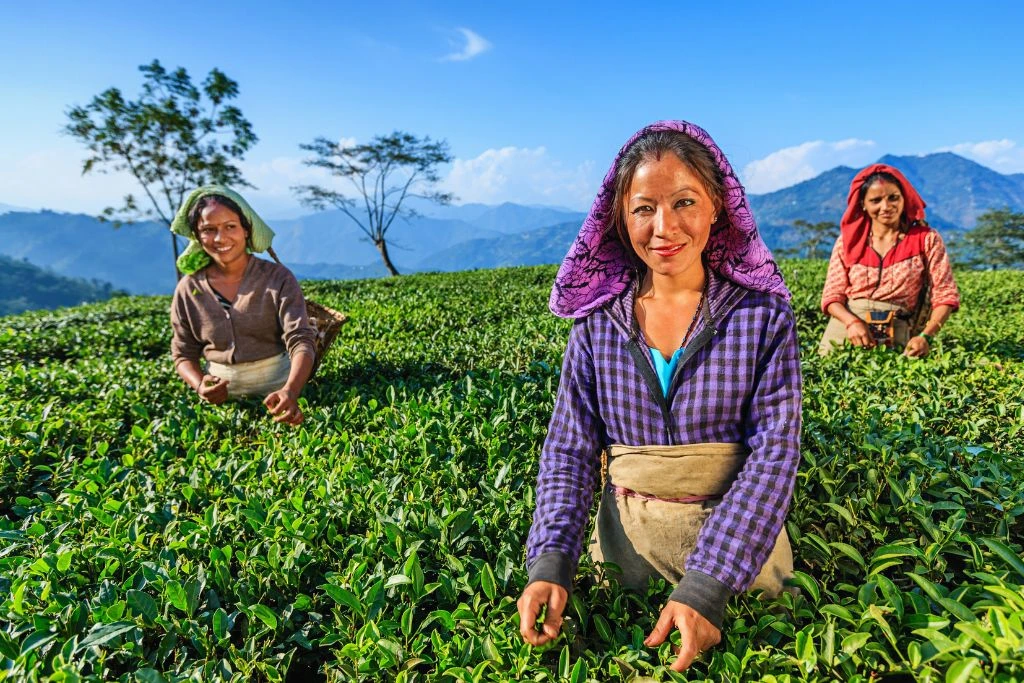
What is special about Darjeeling tea? Regularly drinking Darjeeling tea can provide you with many health benefits. Too much Darjeeling tea can also have some risks, as well.
Affects Digestion
Drinking too much Darjeeling tea may affect the digestive system. It contains tannin plant compounds that can cause constipation and nausea. This plant compound can also reduce the absorption of iron.
Contains Caffeine
What is the best way to drink Darjeeling tea? Darjeeling tea contains caffeine. Caffeine consumption can affect sleep quality, mood, and heart health, especially if more than 400 mg daily.
Stains Your Teeth
Drinking Darjeeling tea might stain your teeth. Its tannin content can stain the outer layer of your teeth – the enamel. If you want to reduce the risk of having stains on your teeth, you may add a small amount of milk to your Darjeeling tea.
FAQs
What Is the Strongest Herb for Sleep?
Lavender is one of the best herbs to treat sleep deprivation. It has sedative, anti-depressive, and calming properties that help you sleep better. It can reduce anxiety levels, fix mood disorders, and relax the nerves, which will help you achieve daytime wakefulness and have sustained sleep at night.
Some herbs can help people get a night of better sleep by clearing up the major causes of sleep deprivation. People experience sleep deprivation due to their busy lifestyles, stress, and anxiety. Stress disrupts neurotransmitter serotonin production and takes away herbal supplements to replace the loss.
There are natural herbs with a high content of tryptophan, an amino acid that helps increase serotonin synthesis. Serotonin is a chemical that lets nerve impulses move from one cell to another in the brain. The increase in serotonin levels causes chemical imbalance and affects a person’s natural sleep. Insomnia makes you struggle to fall asleep and stay asleep for seven to nine hours.
What Makes People Sleepy?
The wakefulness and sleepiness of a person are regulated by the brain, which works with input coming from our senses and the circadian clock. Sleep disorders and deprivation, such as insomnia and sleep apnea, usually cause excessive sleepiness. Other psychiatric conditions, depression, medical conditions, and certain medications can affect our brains and cause daytime drowsiness.
You must be familiar with excessive daytime sleepiness (EDS) to start treating the problem. It is also best to work with a doctor to determine the cause and how to improve your sleeping pattern.
What Food Is Highest in Melatonin?
Melatonin is a unique hormone that is essential for getting good sleep. It is produced by the pineal gland, located in the center of the brain, and works with the rhythms and patterns of the sun. Melatonin production increases when the sun goes down, which can improve sleeping habits.
Most nuts are good sources of melatonin. Almonds and pistachios have the highest amounts of melatonin. Nuts are also good sources of minerals, healthy omega-3 fats, and antioxidants.

